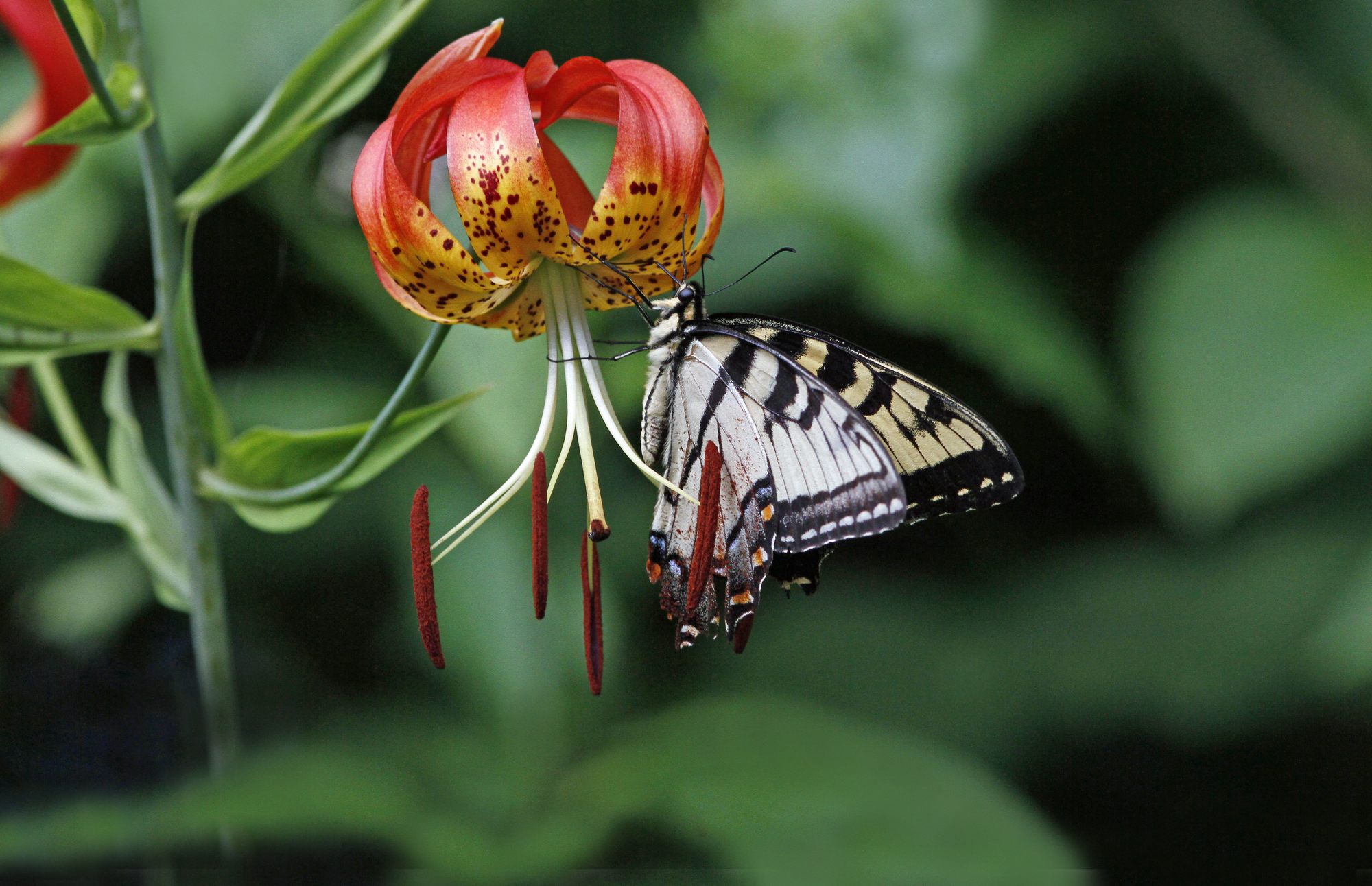
It’s Spring
It’s spring and Red-spotted Purple caterpillars are venturing out of their winter hibernaculums. Partially grown caterpillars created these safe retreats last fall by silking a tiny leaf shut, silking the leaf to the tree, then crawling inside and going to sleep for the winter. All the other leaves fell from Black Cherry trees and Beach Plum bushes, but the hibernaculum leaves remained still attached – a tell-tale sign to a keen naturalist that some creature might be inside.

As temperatures warm, these teeny tiny caterpillars (about one-quarter inch long) are venturing forth, sunning in the warmth and looking for tasty buds on their host plant (Black Cherry, Beach Plum, . . .).
To learn more about the neat life history of this stunning butterfly, read my April post on Native Plants and Wildlife Gardens.



